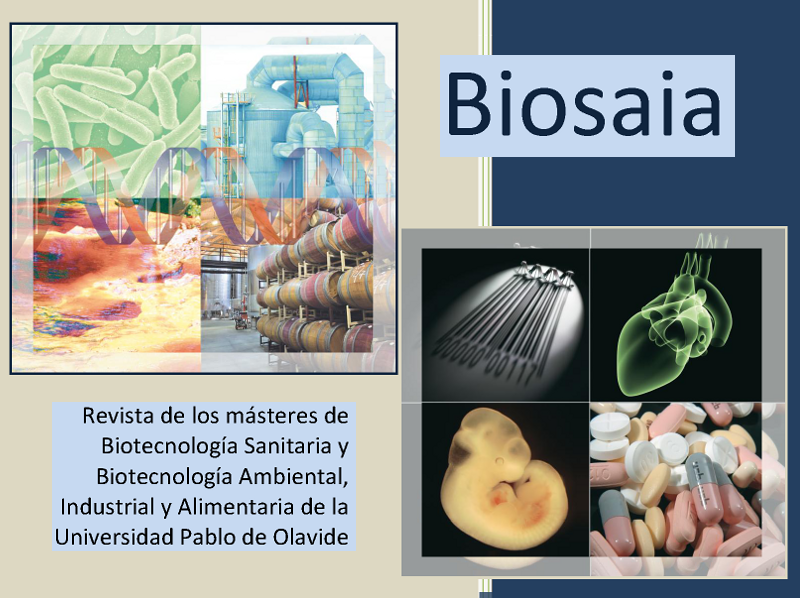Validation of the standard method EN ISO 19343:2017 for detection and quantification of histamine in different matrices of fish and fishery products using high performance liquid chromatography
Palabras clave:
Histamine; Fish; HPLC; ValidationResumen
Motivation: Histamine, a biogenic amine produced by bacterial decarboxylation of histidine, is the main cause of scombroid fish poisoning and is strictly regulated by the European Union in fish and fishery products [1]. Therefore, an adequate histamine quantification method is necessary in order to assess current regulations and prevent health problems. In this sense, High Performance Liquid Chromatography (HPLC) have been widely used for the detection of histamine as it provides good specificity and sensitivity when coupled with a highly sensitive detector. The standard protocol EN ISO 19343 is the current in use and it was developed to meet with 2073/2005 European Regulation about microbiological criteria for food products. However, there is still room for improvement in terms of resolution, sensitivity and discrimination and the validation of this protocol is a necessary step in laboratories to prove the reliability of results and a previous step to get ISO certification [2].
Methods: In this study, we use the HPLC method-based ISO 19343:2017 to compare the results from different samples of raw fish, canned fish, fish sauce and fishery derived products. This method allows the separation of histamine within the set of biogenic amines from fish and fishery products. The sample is extracted by mixing it with perchloric acid. A derivatization is carried out prior passing through a chromatographic column using dansyl chloride to do histamine detectable under UV light. Biogenic amines and components in the solution are separated by HPLC using a chromatographic column, with UV detection. Histamine concentration is calculated from the ratio between the areas of histamine peaks and internal standard, using a calibration curve.
In the validation process, veracity of the method is studied, examining parameters such as accuracy, recovery and correction. The work interval is defined between the lower and upper quantification limit. The specificity / selectivity of the method is studied and verified by performing exercises in different matrices with different compositions and checking that the quality criteria are met independently of the matrix composition. In this way, and if the parameters are within the limits established by the standard, the method would be validated [3].





